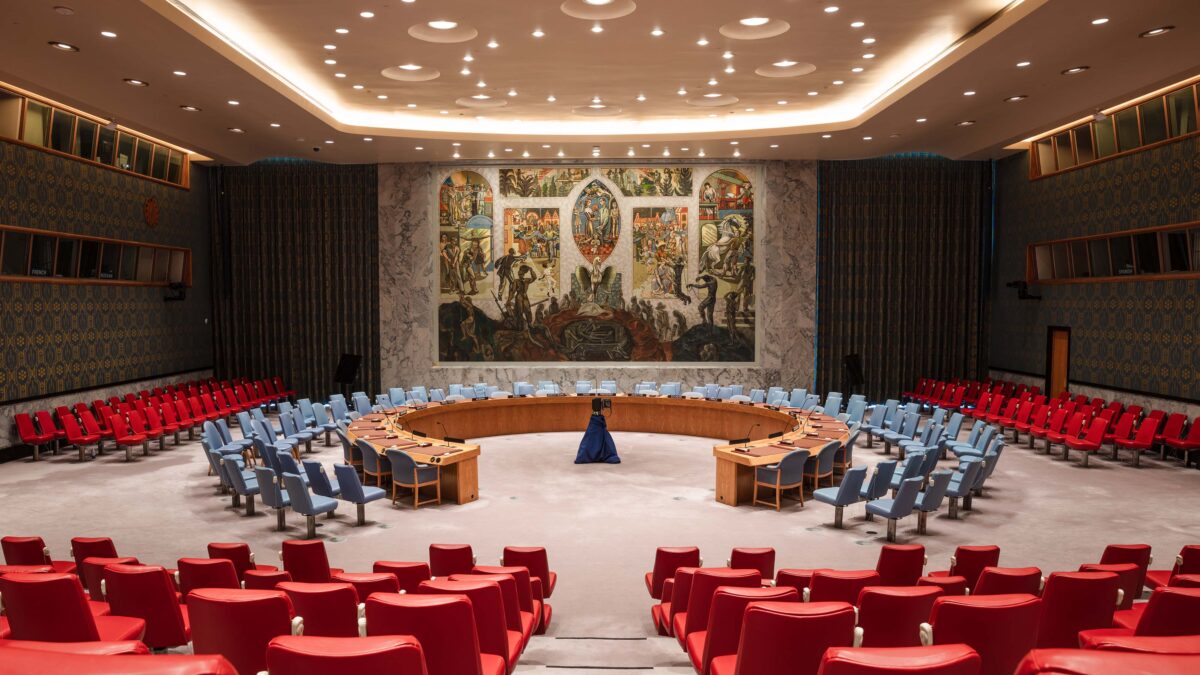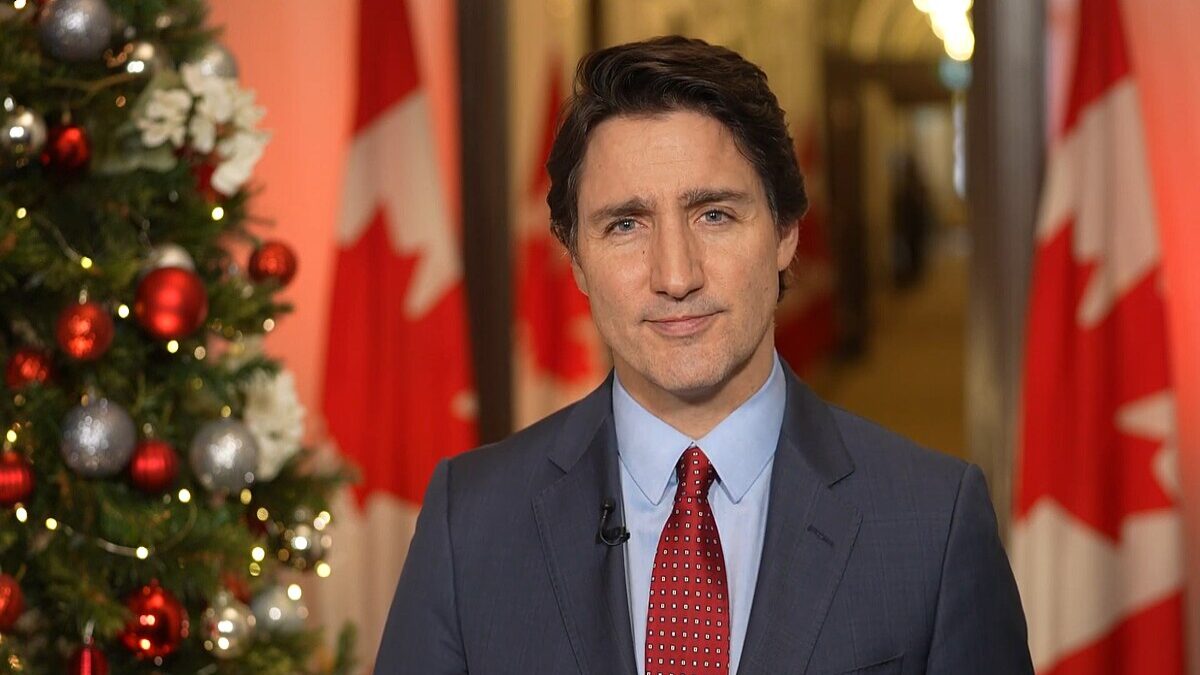
I live with my wife and young son in a country very with familiar with populism and its risks: Argentina. Similar to in the United States, three of the biggest challenges facing working families in Argentina nowadays are housing, health care, and education. Yes, crime and inflation are a real concern, but because of how they affect these three issues.
A mortgage that leaves you money for groceries when rates go up. Tuition costs that don’t leave you bankrupt or your children in debt for years, along with an education that gives them training and skills that the job market actually values. And a choice of health insurance plans that give you reasonable coverage at a reasonable price, given the risks your health profile present. Any political movement or party that can make discernible progress on these three issues will reap electoral benefits, and the latest emergence of a populist movement in America should certainly focus on these issues.
But that’s the problem. Progressives would also love to solve these problems, and that unfortunately tends to mean lots of government doing, rather than undoing what government so often does wrong and which creates these problems in the first place. Unless statesmen guide the will of the people, their demands can fuel a progressive agenda of looting each other based on grievances, which leads to power concentrated against the very people demanding government redress and ultimately makes their problems worse.
The effects of such populist economic policy have a rather tragic showcase in Argentina. What failed policies have done in this South American country to housing, health care, and education is sobering, even if, as in much of Latin America, the causes also have deeper cultural roots.
Inflation and Cultural Marxism Mess with People’s Lives
The total stock of outstanding mortgage debt in Argentina is around 1 percent of gross domestic product. In America, the corresponding figure was approximately $13.8 trillion in 2015. That’s around 79 percent of GDP in 2015. In other words, the mortgage market in Argentina is a shriveled little stalk, withered by the ravages of inflation and the Argentine banking crisis of 2001. Mortgage payments are prohibitively high for the first number of years—usually a multiple of a typical rent—and only affordable to those who don’t really need mortgages. That’s what happens with inflation above 30 percent. Housing, generally priced in dollars, is expensive relative to local incomes, thanks to abundant money laundering.
Peronism, during its initial period from October 1946 to September 1955, was modeled on Peron’s vision of the “organized society.” It was essentially fascist in its structures, even if it was a mestizo fascism with a somewhat more tolerant attitude than in Mussolini’s Italy, by comparison. Its economic goals, however, were populist: redistribution of income, powerful unions, tariffs and other barriers to trade, and the inevitable wage and price controls. These all contributed to economic stagnation and price inflation.
But a culture of loyalty to Peron was also methodically installed. The strongman myth of populism, and fascism in Argentina’s case, demanded nothing less. This took place in union halls and factory floors, and from kindergarten through to universities, since the public school system was charged with indoctrinating students.
A couple of generations later, there are now radicalized teachers and crumbling schools because indebted provincial and national governments do not have room in their budgets. And an inner city—or, as they say here, villa—culture in many schools that has made learning almost impossible. Sound familiar?
What had been a relatively successful public school system is now in tatters and parents from all kinds of backgrounds scrape to try and put their kids in private schools. The worry about tuition is not, more like in America, trying to save for the monster you know is coming after high school. Rather, it starts right away in daycare and continues through high school. That’s because centralizing a system makes it cost more and produce less, in a vicious cycle if populism fuels increasingly socialist answers to such problems.
As for health care: Grimy hospitals. Long waits in endless lines to see overworked doctors. Missing or unavailable or stolen supplies. Aggressive unions demanding that elected officials follow their threatened recommendations. You use the public health system in Argentina only if you have no other option.
That means an increasing percentage of working families struggle to keep up with rising health-care premiums, because they desperately want to avoid public hospitals. The best you can hope for is that they don’t rise quite as much as the inflation rate. Government-imposed restraints on premium increases have been mostly unsuccessful. Sound familiar?
American Populists, from William Jennings Bryan On
What similarities to American populism does Peronism offer us? As the late Lawrence Goodwyn of Duke University, wrote in 1977: “one studies Populism to learn where the Populists went wrong. The condescension towards the past that is implicit in the idea of progress merely reinforces such complacent premises.”
In other words, crazed farmers in the late nineteenth century, angry about collapsing wheat prices, formed a movement with urban unions that surged and then faded despite—or even because of—skilled orators like William Jennings Bryan. This is essentially still our view of those times, and one very much bound up with the idea of progress.
But careful with that word. Progress in the late 1800s meant something much closer to what we now call technological disruption and globalization. It meant expanding transportation and financial systems that could and did produce large swings in commodity prices, but would self-correct as economic growth re-emerged. Progress was inevitable and upward in the heady if turbulent decades of Reconstruction. Until a financial panic.
Goodwyn lamented that FDR’s New Deal co-opted and recycled the potential mass movements embodied by The National Farmers Alliance and their political party, The People’s Party, after populists had suffered electoral defeat after electoral defeat. This was seen as the steady progress that would correct the social injustices by precisely those progressives who had become the new elites by the end of World War II. The New Deal established the modern progressive welfare state, and the progressive elites it put in place are still there, whether Democrat or Republican.
Parallel Populist Revolts against the Elites
The impulse for incorporating progressive populist ideas was and still is economic crisis. Events like the Panic of 1893, the Great Depression, and the Great Recession erode the progressive status quo and its presumption of steady economic growth and individual progress for ordinary Americans. They produce radical changes in policy like the New Deal. LBJ’s Great Society, by contrast, flexed the already well-established elite’s muscles to attain further progressive goals.
Without 2008’s near-collapse of America’s and the world’s financial system, populism likely would not have re-emerged to the same extent. But is Donald Trump’s movement—and it very much is one—truly populist? Does it truly challenge the current progressive status quo, or seek to take that status quo over, just as Trump has taken over the GOP? And can its nativist strand, similar to the Know-Nothings’ anti-immigration stand of the mid-1800s, co-exist with a hostile takeover of the progressive status quo?
In Argentina, economic populism entered the political world at the hand of fascist structures in the first Peronista regime. Peron was an officer in an Argentine military that had flirted with corporatism for well over a decade, before Peron came to power.
Like populism in America, Peronism was an angry revolt against the elites. Unlike in America, it launched an enduring political movement that has dominated Argentine politics—whether in or out of power—for 70 years now. While Peronism has been an inward-looking, xenophobic movement for much of its political life, it has not had the racist undertones of America’s nativist movements like the Know-Nothings. Instead its hostilities have been directed at much of the rest of the world. At one point or another, most countries have been the target of Peronista anger. It has also been inwardly directed at any Argentine treasonous enough not to believe in its ideology. Again, the fascist undertones of Peronism’s early years were manifested in its toxic fanaticism.
The fact that populism in America has never been able to build an enduring political movement, or take one over, is key. Whether Trump consolidates his hold over the GOP, we are in a new era in American politics, where populism has a mainstream party at its disposal. That means that, unlike The People’s Party’s electoral frustrations, it will be Trump’s party that implements policies on immigration and trade. Trump’s goal seems to be to take over and then re-direct the subsidies at the heart of the progressive status quo.
Cycles of Stagnation and Crisis
That means Argentina can indeed be a model for some of the risks inherent in populism. While people point to Venezuela, the ongoing collapse of that Caribbean autocracy has deeper and wider roots. Argentina is a better example because it actually achieved some of its stated goals in the first Peronista regime—at the cost, however, of more than half a century stagnation and crisis cycles.
All that is left now of Peronism is the corruption. That means, broadly speaking, subsidies. In a populist kleptocracy like Argentina, government subsidies are the prize the various factions fight over, whether an inflationary subsidy for a swindling, speculating business class, or a wage subsidy for powerful unions, or a racketeering and drug-trafficking subsidy for the police (the Buenos Aires provincial police are perhaps the world’s most corrupt).
To be fair, Argentina is willfully and tragically sui generis (of its own kind), with its particular culture of slightly outdated European modes and ideas, raw political confrontations, and harsh Latin American economic realities. Peronism, as we have seen, is both fascist in its origins and populist in its goals.
But the risks of embarking on a truly populist course without a sense of responsibility—which is a truly American word, as Harvey Mansfield has pointed out—and without a sense of moderation about what government can achieve, are real. It’s the populism in Peronism that should be the real worry, not the fascist roots.
Comparing Trump to Mussolini or Hitler was always ridiculous. Comparing him to Peron seems a huge stretch as well. It is far more logical to compare and contrast Peron himself with figures like Huey Long, rather than the other way around. So fascist comparisons to Trump might have made headlines, but have little to do with reality in America.
People Don’t Trust an Unresponsive Government
In America, fears of inflation, of a despised and devalued currency, and of rampant crime are bandied about as pessimism about both individual progress and economic progress weighs on those displaced by technological disruption and globalization. In Argentina, however, these fears are reality. Argentina is desperately trying to find a way to somehow rebuild broken trust at all levels in its society. Yes, Argentina’s particular brand of populism has much to do with its peculiar history and culture, one that has lacked the vision and exceptionalism at the heart of America. But America should take heed and value the remaining trust that still lives in its citizens, by respecting their voices while being honest about what government can actually do.
While rebuilding trust is a process that government can participate in, it is clearly not one government can control. There is no better way to corrode trust than to greedily grasp at the narrative and try to mercilessly or hypocritically shape it to one’s end, such as Jon Favreau and his echo chambers that helped forge a blatant lie about Obamacare, or the Kirchner family reducing statistics to a propaganda tool that fooled no one about the true extent of inflation.
We speak of inflation as if it were merely an objective measurable indicator, like the temperature outside. But inflation is moral as much as it is also objectively measurable. Inflation is ultimately about a lack of trust: in one’s currency, government, financial system, and future. Where is there inflation, or volatile price swings, in America? In tuition fees. In health insurance premiums. And in volatile house prices and variable-rate mortgages. Heed Argentina’s warning when listening to the angry cry of populism in America, and don’t follow its path into socialism.









